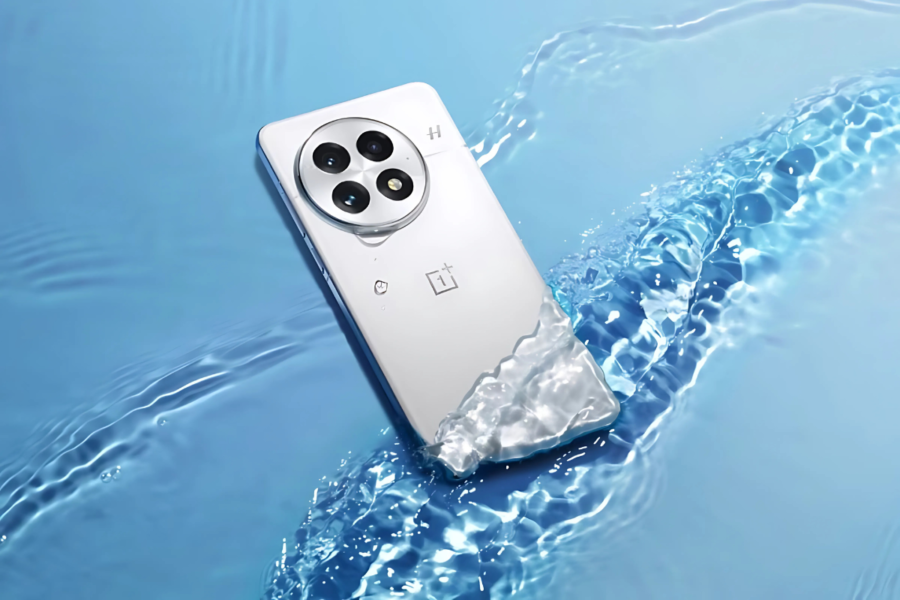Table of Contents
Water and smartphones have traditionally been sworn enemies, whether it’s a sudden rain shower or an accidental dunk in the sink. But OnePlus is changing the game with its latest flagship, and it’s not just another incremental upgrade in water resistance.
The OnePlus 13 just lowered the gauntlet by becoming one of the first mainstream smartphones to feature an IP69 rating. Yeah, you read that right – not IP68, which we’ve grown accustomed to seeing on premium phones, but IP69. And trust me, that single digit bump is way more significant than it might seem at first glance.
Breaking Down the IP69 Mystery: What’s the Big Deal?

Before we dive into why this matters, let’s get one thing straight: IP69 isn’t just IP68 with an extra number slapped on. It’s an entirely different beast altogether. While IP68 certification (which you’ll find on phones like the iPhone 15 or Samsung Galaxy S23) ensures your device can handle submersion in water up to a certain depth, IP69 takes things to a whole new level.
The ‘9’ in IP69 specifically indicates protection against:
- High-pressure water jets
- High-temperature water exposure
- Steam cleaning conditions
Think about it – when was the last time you worried about using your phone in a hot shower or while cooking in a steamy kitchen? With IP69, these scenarios aren’t just safe; they’re officially certified to be okay.
Real-World Implications: More Than Just Marketing

Here’s where things get interesting. The OnePlus 13’s IP69 rating isn’t just about surviving an accidental drop in the pool (though it can handle that). It’s about expanding the boundaries of where and how you can use your phone. Consider these scenarios:
- Taking calls in a hot, steamy shower? No problem.
- Using your phone while cooking in a humid kitchen? Go ahead.
- Getting caught in a powerful jet spray? Your phone’s got you covered.
- Need to sanitize your phone with high-pressure cleaning? Now you can.
Why Other Manufacturers Haven’t Done This Yet
This is where OnePlus’s achievement becomes even more impressive. Achieving IP69 certification isn’t just about better waterproofing – it requires rethinking the entire device construction. The phone needs to withstand:
- Water jets with pressure up to 100-150 bars
- Water temperatures up to 80°C (176°F)
- Multiple angles of water exposure
No wonder other major manufacturers haven’t jumped on this bandwagon yet. It’s a significant engineering challenge that requires substantial R&D investment.
Beyond the Specs: What This Means for You
Let’s get practical for a moment. The IP69 rating on the OnePlus 13 translates to real-world benefits:
- Durability: Your phone is now protected against more extreme conditions than ever before
- Peace of Mind: No more panic when your phone encounters water in any form
- Versatility: Use your phone in situations you previously wouldn’t dare
- Longevity: Better protection against water damage means potentially longer device life
The Future of Smartphone Water Resistance
OnePlus’s move to IP69 could be the beginning of a new trend in smartphone durability. Just as IP68 became the standard for flagship devices, IP69 might become the new benchmark that users expect from premium phones.
Should This Influence Your Buying Decision?
Here’s the thing – while IP69 is impressive, it shouldn’t be the only factor in your purchasing decision. The OnePlus 13 brings plenty of other innovations to the table, from its Snapdragon 8 Elite chip to its massive 6,000mAh battery. However, if you:
- Live in a humid climate
- Frequently use your phone in wet conditions
- Want the most durable phone possible
- Value innovation and future-proofing
Then the IP69 rating could be a significant factor in your decision-making process.
Hope you liked this article. Check out Tech Insights for more such Content.














